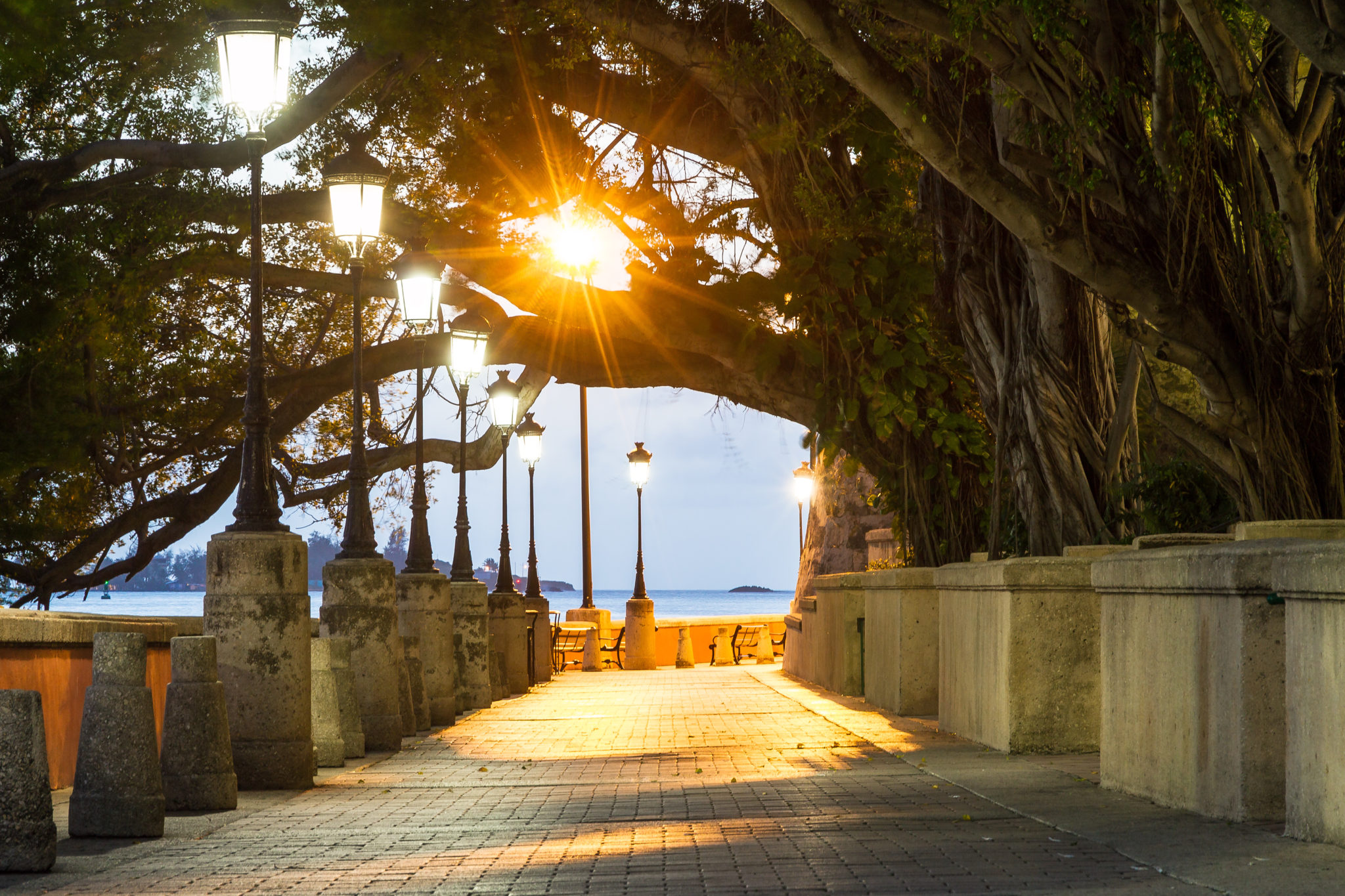
Stop At: La Fortaleza - Palacio de Santa Catalina Here travelers will one of Puerto Rico's World Heritage Site, its Governor's Mansion. Great views of the main island of Puerto Rico can be seen along the way. Stop At: Capilla del Santo Cristo de la Salud Here we will see the most popular chapel in Puerto Rico and you will learn the urban legend behind this little structure built in the 18th century. In its interior, we will see the gorgeously preserved courtyard and the original vault of the treasury. It was originally built to house the treasury of the island and it is now the Department of State of Puerto Rico. Stop At: Antiguo Palacio de la Real Intendencia This is one of the most spectacular historic buildings in Old San Juan. Stop At: Plaza de Armas In the main square of San Juan we will see the facade of the City Hall and Real Intendencia Palace along with the famous seasons' fountain and the statue of the legendary music composer Tite Curret Alonso. We will see the gorgeous Baldority de Castro school building and learn about the history of the plaza. Stop At: Plaza de la Barandilla Travelers will see the residential and commercial areas of San Juan with a unique architecture that has not changed much in the last three centuries. We will see the Columbus Monument, the Tapia Theater and kilometer zero plaque. Some of the questions that will be answered are: why Puerto Rico was so important for Spain? How Puerto Rico became a US Territory and how do locals feel about it now? Appreciate the architecture that has withstood hundreds of years through storms and battles.This is a typical itinerary for this product Stop At: Plaza de Colon This Plaza is the perfect location to learn about the colonial history of Puerto Rico. However long you get to spend in San Juan, enjoy the blue cobblestone streets and the majestic beauty of a time long ago. During your visit, be sure to have your picture taking in one of the sentry boxes that jut out over the sea. In 1961, El Morro was declared a National Historic Site and is now under the watch of the U.S.

The lands around the fort were used as a hospital, officers’ club, living quarters, a golf course, and a baseball field. During that time it was called “Fort Brooke”. El Morro was never defeated by sea and it’s a true marvel of engineering that has survived multiple attacks, and countless storms and hurricanes.Īfter Puerto Rico was ceded to the United States, El Morro was under U.S. The outer walls are between 6 and 18 feet in depth.


 0 kommentar(er)
0 kommentar(er)
